Umberto Boccioni
1882-1916 Italy/Futurist
Click an Image to Enlarge
dynamism of
a human body
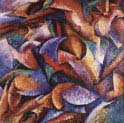
dynamism of a
human body two

elasticity

ferruccio
busoni

signora
massimino
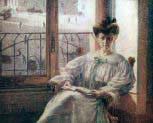
The
Farewells

The
Morning

Riot In the
Galleria

Those
Who Go
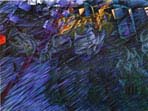
Modern
Idol

Self
Portrait
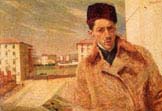
The
Laugh

Dynamism
of a Biker

Dynamism of
a Soccer Player
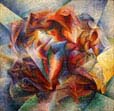
Simultaneous
Views

Plastic Forms
of a Horse

Street
Pavers
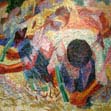
The City
Rises Two

States of Mind
Those Who Stay

The Street Enters
the House
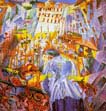
The
City Rises

Under the Pergola
in Naples
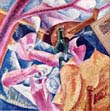
Industrious
Landscape

unique forms of
continuity in space
